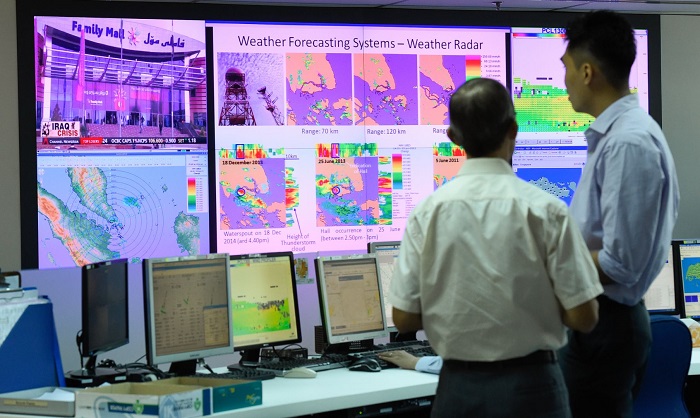Weather forecasting plays a crucial role in our daily lives, helping us make decisions about plans, agriculture, transportation, and more. With the advancement of science and technology, weather forecasting methods have significantly improved, becoming more accurate and reliable. In this article, we will explore the modern methods and technologies used in weather forecasting.
1. Meteorological Satellites
Meteorological satellites are essential for collecting data on atmospheric conditions. They enable the observation of cloud cover, surface temperatures of the land and oceans, humidity, winds, and many other parameters. Satellites provide real-time data, which helps meteorologists analyze current weather conditions and predict their changes.
2. Radars
Radars are used to monitor precipitation, such as rain, snow, and hail. They help determine the intensity and location of precipitation, which is especially important for predicting storms and hurricanes. Modern radar systems can provide high-resolution data, enhancing the accuracy of forecasts.
3. Numerical Weather Prediction Models
Numerical Weather Prediction (NWP) models are based on mathematical equations that describe physical processes in the atmosphere. These models use data from weather stations, satellites, radars, and other sources to create weather forecasts. Modern supercomputers enable complex calculations and provide accurate forecasts for several days ahead.
4. Automatic Weather Stations
Automatic weather stations are located worldwide and continuously collect data on temperature, humidity, pressure, wind speed and direction, and other parameters. This data is transmitted to processing centers, where it is used to update numerical weather prediction models and create forecasts.
5. Mobile Applications and Online Services
Modern technology allows us to access weather forecasts anytime and anywhere. Mobile applications and online services provide information on current weather, short-term and long-term forecasts, and warnings about adverse weather conditions. These services use data from weather stations, satellites, and numerical prediction models to offer users accurate and up-to-date information.
6. Artificial Intelligence and Machine Learning
Artificial Intelligence (AI) and Machine Learning (ML) are increasingly used in meteorology to analyze vast amounts of data and improve forecast accuracy. AI and ML help identify hidden patterns and anomalies, enhancing prediction models and making more precise forecasts.
7. Forecast Now
On the website forecastnow.info, you can check the weather conditions for your location and many others. This site provides up-to-date information on temperature, precipitation, wind, and more, using data from advanced meteorological sources and technologies.
Conclusion
Modern methods and technologies have significantly increased the accuracy and reliability of weather forecasts. With the continued advancement of science and technology, we can expect even greater improvements in this field, allowing us to better prepare for weather changes and minimize their impact on our lives.





Оставить ответ